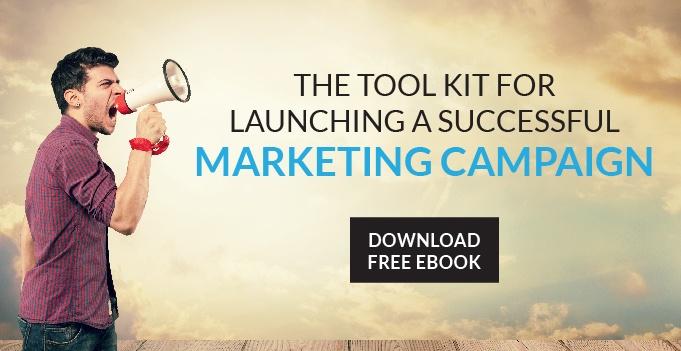 There’s little doubt that in 2015, digital marketing is the best way to advance your business’ marketing goals. Not only is it adaptable and dynamic, it’s also very affordable. But what do we mean when we say “digital marketing?” Is it simply referring to using the internet? Sending emails? Writing blogs? Social media?
There’s little doubt that in 2015, digital marketing is the best way to advance your business’ marketing goals. Not only is it adaptable and dynamic, it’s also very affordable. But what do we mean when we say “digital marketing?” Is it simply referring to using the internet? Sending emails? Writing blogs? Social media?
The truth is, it really means “all of the above.” The old days of relying on a single platform (like the yellow pages) are over. Today, you have to coordinate your marketing campaigns across various platforms so you can really maximize your reach. You never know who is going to respond to what platform when you’re running a campaign.
Even if you’re trying to appeal to a dedicated customer who subscribes to your emails, visits your site regularly and follows you on social media, we all have busy lives – it’s impossible to know which platform that customer is going to interact with on a given day. So you have to take a wide-ranging approach to each campaign and include every platform you’re active on.
It starts with content
As with anything in the content marketing/inbound marketing field, content is your starting point. You have to decide what content is going to be at the heart of your new campaign. Will you repurpose old content, or create entirely new stuff for this campaign? Once that’s been decided, you need to organize all of your content, understand the theme and topic of each piece of content, and then gather all of the links you’ll need. From this point on, your main concern will be promoting that content.
The first volley: email
You’ll want to begin your multi-platform approach with an email blast. Create a marketing email with relatively brief copy (around 100-200 words) that provides a link to your campaign’s featured content. You can decide to start with a blog article or a content offer. You’ll want to send the first email blast immediately, then decide when you want to send follow-up emails. Choose an appropriate interval that is soon enough that the campaign is fresh in the recipient’s mind, but not soon enough to be annoying. Probably around once a week or every 5 days is suitable.
It’s critical that every email in the campaign have a link to some kind of content. That way, you continue to provide some value to the recipient instead of just giving them a sales pitch.
The all-out social media blitz
Once your email approach is underway, now is the time to get active on social media. You should already have a presence on the most popular social media sites (Facebook, Twitter, Instagram, Pinterest, LinkedIn, Google+), and you need to start using that presence to promote your campaign. On a daily basis, you need to be posting links to the content on every social media account you have – and some social media sites will require multiple similar postings per day (Twitter and Instagram). The reason is that these sites are consistently updated throughout the day, and your audience at 9 a.m. may be completely different from your audience at 3 p.m.
These posts can’t all be the same, so this is where your understanding of your content’s themes and subjects will come in handy. Come up with original copy for each post you write. It doesn’t have to be a long post – heck, Twitter will only give you about 120 characters after you include the link – but it can’t seem like a cut and paste job either.
Deciding when the campaign has run its course
By following these methods, you’ll ensure a pleasantly successful campaign for at least a few weeks. But when the leads and/or clicks start to slow down, then you have to reevaluate the campaign. Has it reached its maximum potential? Can it be refreshed and continued, or is it time to start a new campaign?
When your campaign finally is through, you should evaluate your efforts and try to learn what to do better the next time; because there is definitely going to be a next time. As soon as you’re ready, you’re going to prepare some new content and do it all over again.


Comments